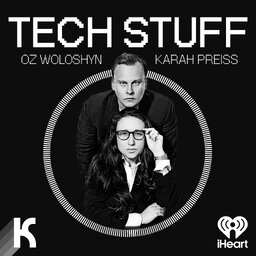The Shuttle Space Suits and Beyond
How did space suits evolve over the course of the Space Shuttle program, and what has been going on since? And why are spacesuits being blamed for a delay in the Artemis Program?
Learn more about your ad-choices at https://www.iheartpodcastnetwork.com
 TechStuff
TechStuff


